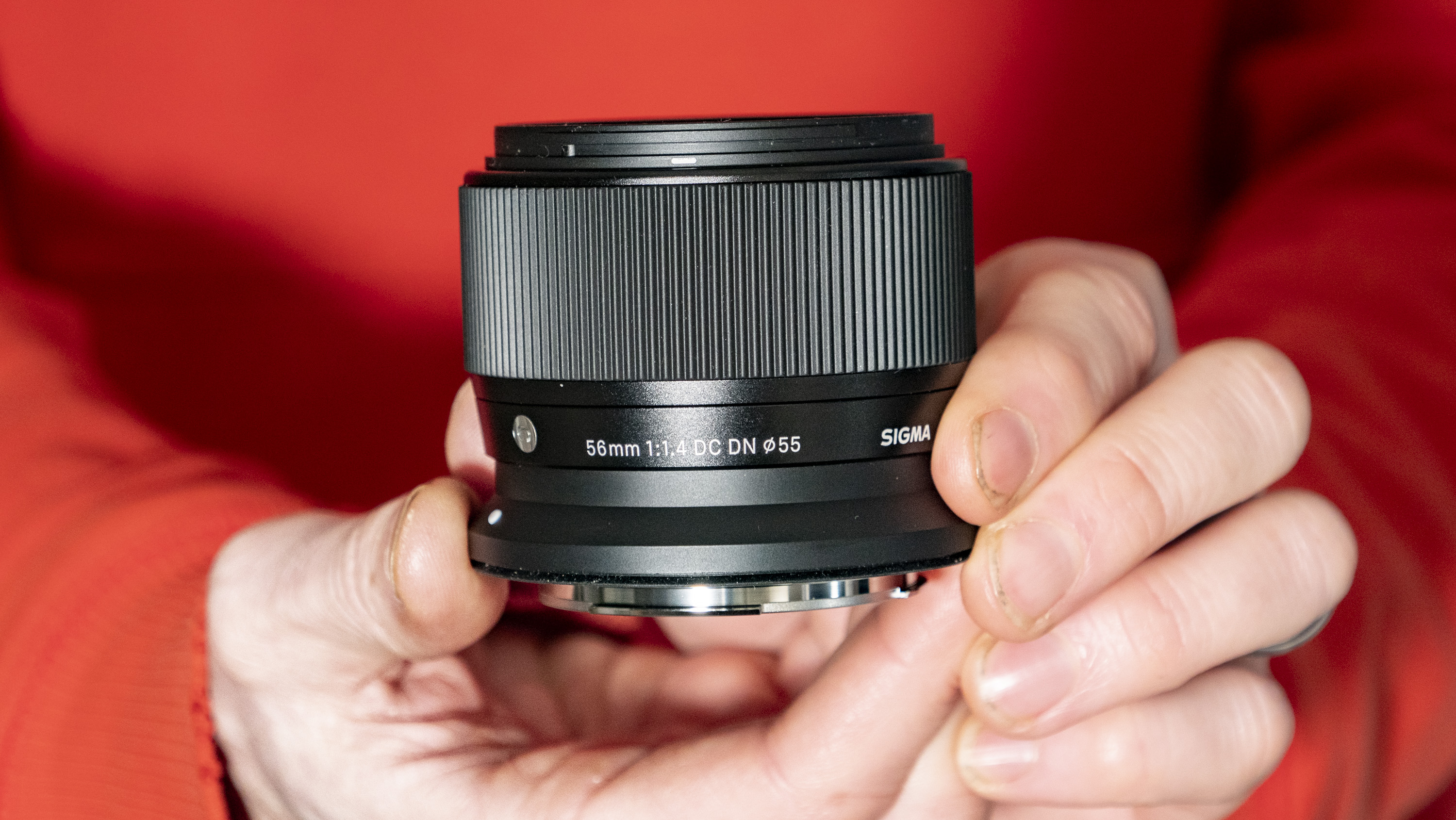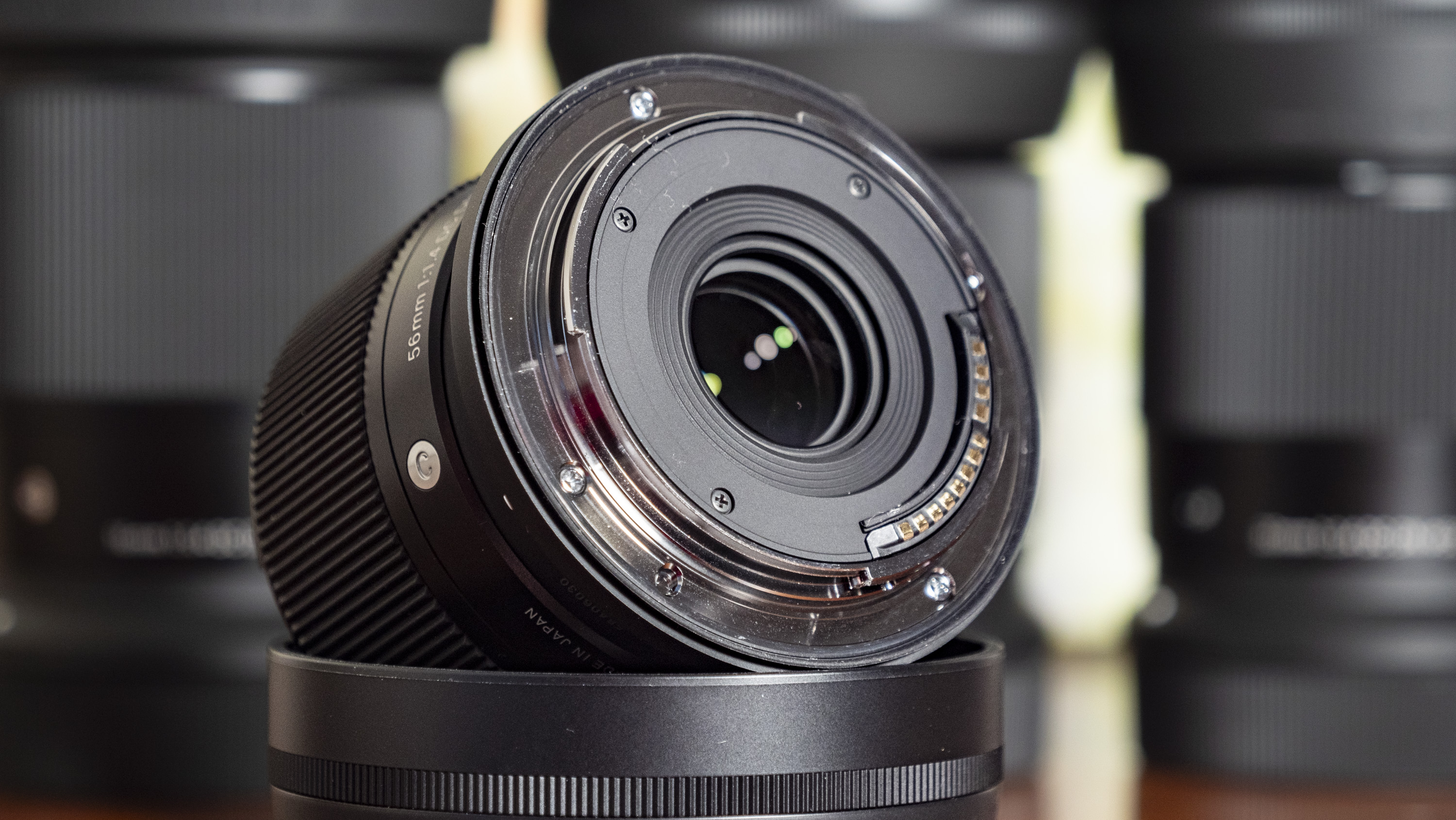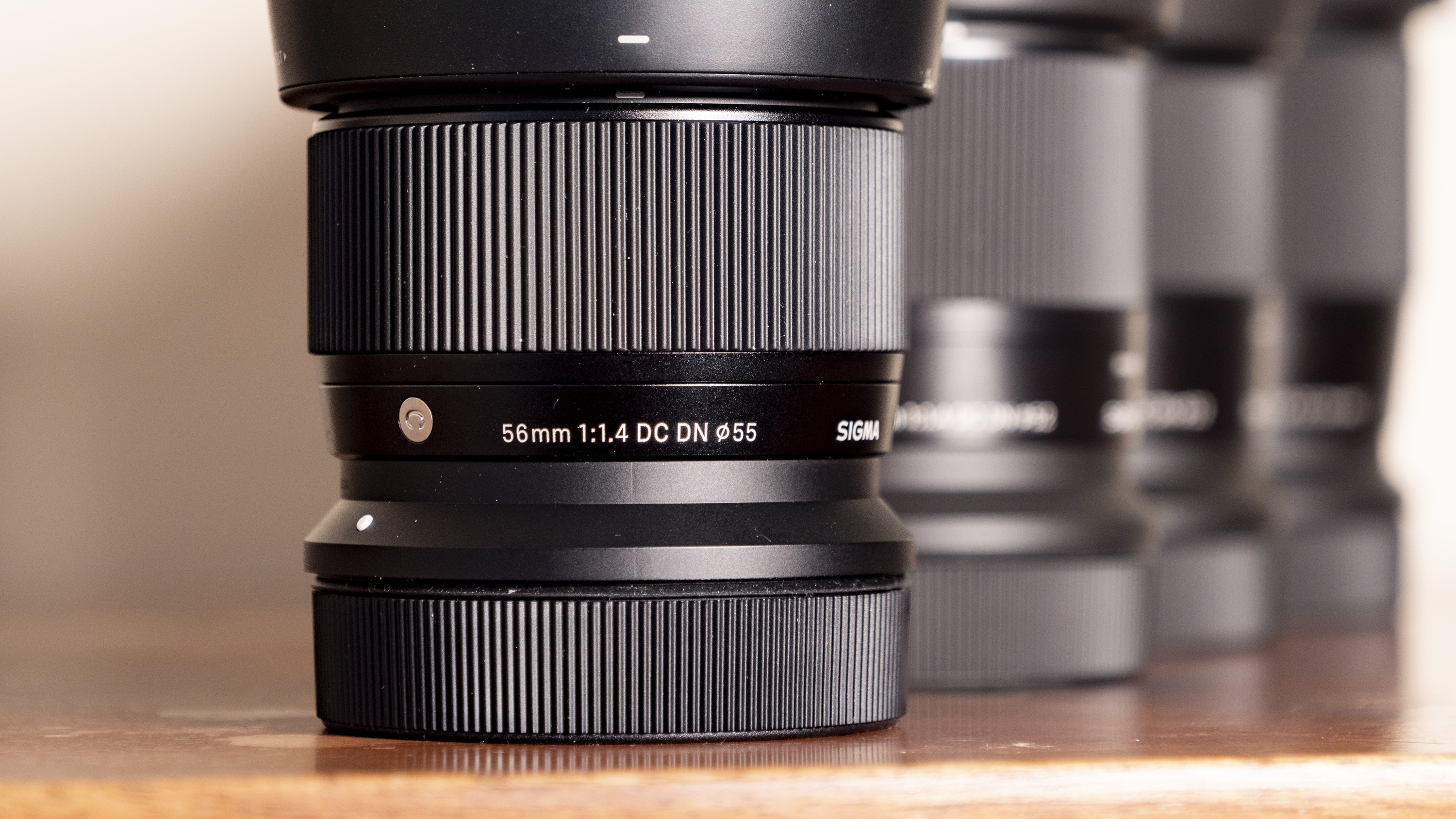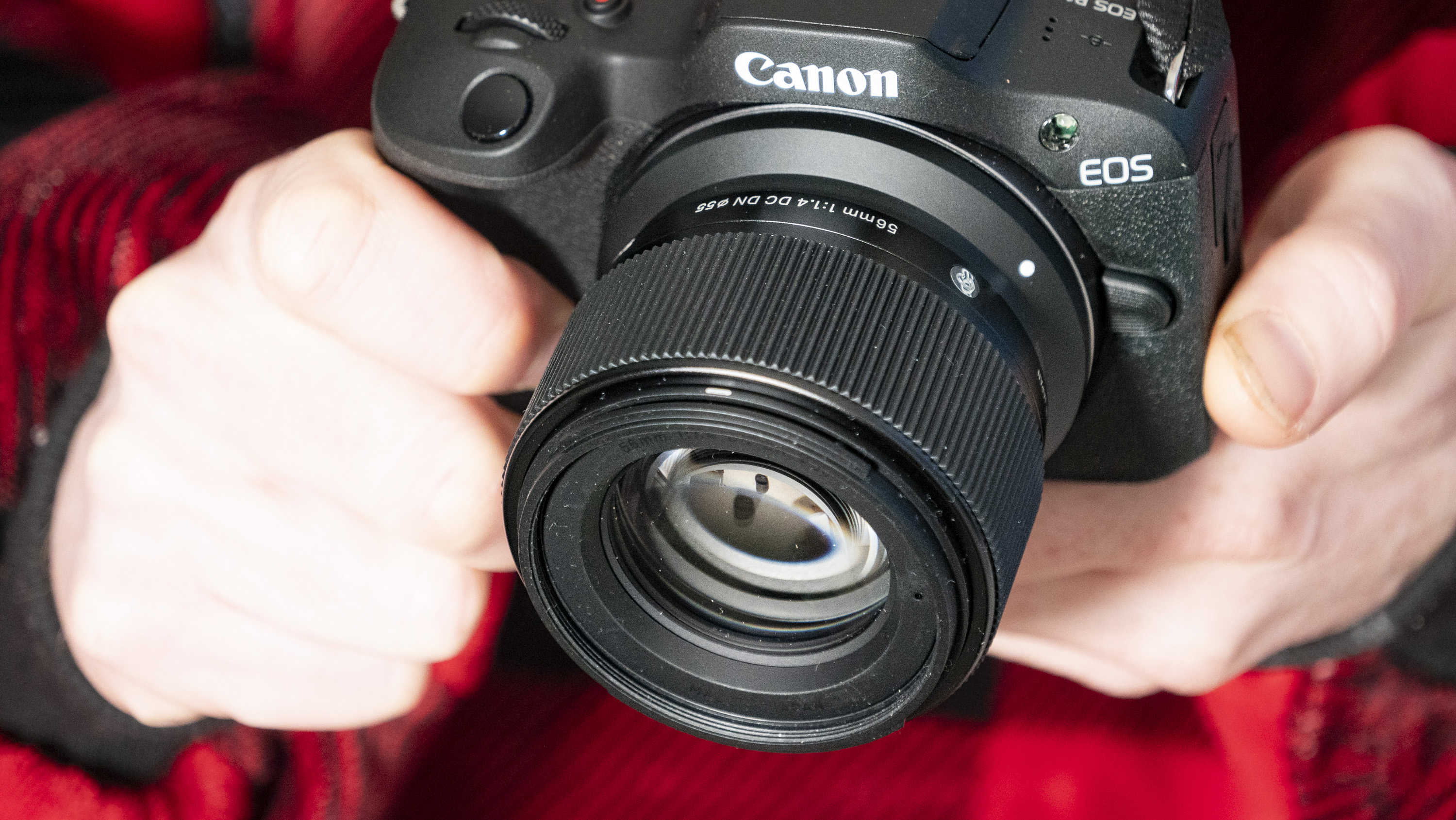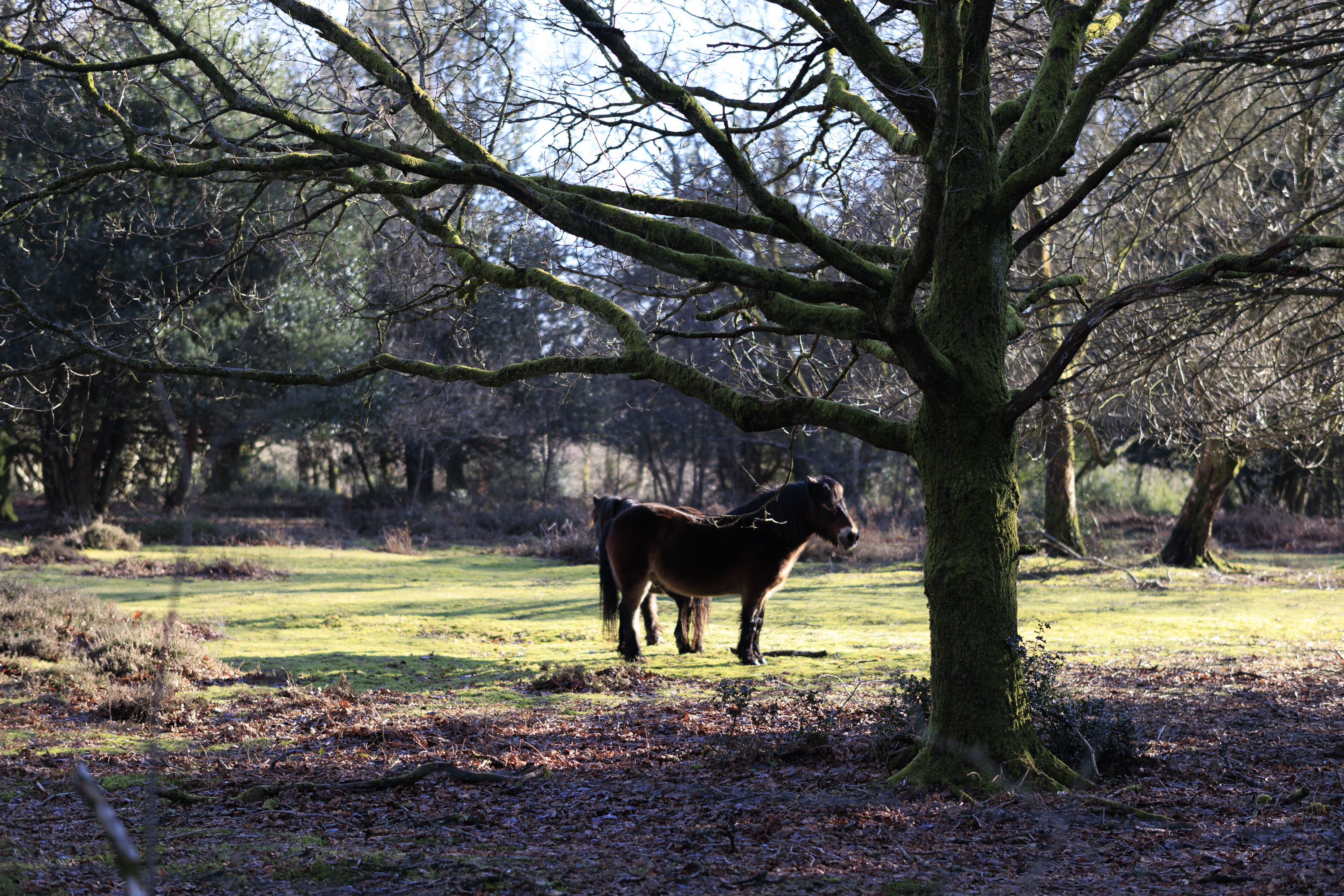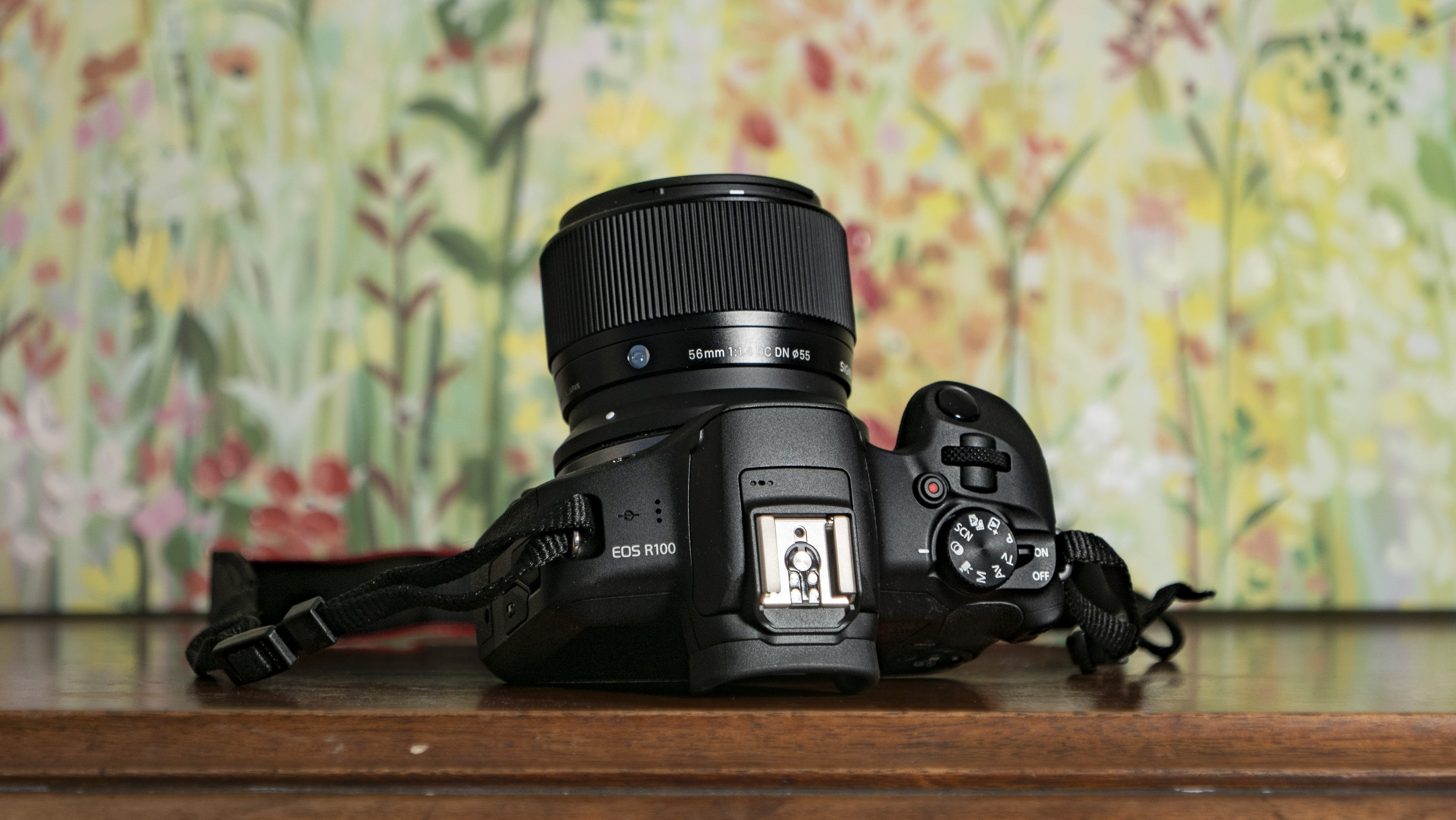Why you can trust TechRadar
We dedicate substantial time to evaluating each product or service we review, ensuring that you’re making the right purchase. Learn more about our testing methods.
Sigma 56mm F1.4 DC DN Contemporary: Quick Review
Many entry-level mirrorless cameras are offered as bundles with standard zoom lenses, which is a choice many users stick with over time. However, for significantly improved photo quality, I recommend getting an additional lens.
The Sigma 56mm F1.4 DC DC Contemporary prime lens is an excellent option in this case. It delivers sharp details, beautiful bokeh, and an effective focal length of 85mm, making it perfect for portraits, and it’s a substantial upgrade from the standard zoom.
This lens is part of Sigma’s lineup of compact f/1.4 primes. Among these, the Sigma 56mm F1.4 stands out for its impressive performance in the category of lenses designed for crop-sensor cameras.
Additionally, the lens is compact, lightweight, and well-constructed, making it a great match for mirrorless cameras from brands like Sony, Canon, Fujifilm, Nikon, and others.
Notably, Sigma deserves praise for offering this lens for a variety of mounts. It first launched for Sony E and Micro Four Thirds back in 2018, later expanding to mounts like Fujifilm X, and just this year, it became available for Canon RF—a rare feat for third-party lenses on that platform.
In short, the Sigma 56mm F1.4 is an exceptional second lens for this format, particularly for portrait photography. Made to high standards in Japan, it also comes at a reasonable price.

Sigma 56mm F1.4 DC DN Contemporary Specifications
Type: | Telephoto prime |
Mount: | L mount, Sony E mount, Fujifilm X mount, Micro Four Thirds, Nikon Z mount, Canon EF-M mount, Canon RF mount |
Sensor: | APS-C |
Focal length: | 56mm (85mm equivalent for APS-C and 112mm for MFT) |
Max aperture: | f/1.4 |
Minimum focus: | 19.7 inches / 50cm |
Filter size: | 55mm |
Dimensions: | 10.2oz / 290g (Canon RF; other mounts have slight variations) |
Sigma 56mm F1.4 DC DN Contemporary: Pricing and Availability
- Compatible with various mirrorless camera lens mounts
- Price is approximately $450 / £420 / AU$650, depending on the specific mount
The Sigma 56mm F1.4 DC DN Contemporary lens is available for multiple mounts, including L mount, Sony E, Fujifilm X, Micro Four Thirds, Nikon Z, Canon EF-M, and Canon RF. Essentially, you’ll find a suitable version for your crop-sensor mirrorless camera without needing an adapter.
The lens’s price varies based on the version. For instance, the Canon RF version retails for $449 / £419 / AU$649, whereas the Sony E-mount variant is slightly less expensive.
Sigma 56mm F1.4 DC DN Contemporary: Design
- Weighs around 10oz / 285g
- Constructed with a plastic barrel; no external buttons
- Available for numerous mirrorless camera lens mounts
Lenses designed for APS-C cameras are generally more compact compared to their full-frame counterparts, and the Sigma 56mm F1.4 is no exception. It has a weight of just 10oz / 285g (the Canon RF variant is slightly heavier), with a length of 57.5mm. In contrast, a typical 85mm f/1.4 lens for full-frame cameras can be significantly larger and heavier.
Its lightweight and compact form make the Sigma lens an excellent choice for beginner-friendly mirrorless cameras, and it stands out as the smallest in the f/1.4 prime lens series. I paired it with the Canon EOS R100, which is Canon’s most compact mirrorless model with an RF mount, and the combination felt nicely balanced.
The lens also has a pleasing tactile experience, featuring a large rubber focus ring that is easy to grip and operates smoothly. While the barrel is plastic rather than metal, it still feels sturdy enough. Although I didn’t put it through harsh testing during my portrait sessions, I was able to appreciate its robust construction.
The lens mount is made of metal, and most models include a rubber seal to protect against dust and moisture, except the Canon EF-M version. Notably, Sigma manufactures the lens at its headquarters in Aizu, Japan, ensuring high standards in both construction and optical performance.
There are no external buttons or switches on this lens; the only manual control available is the focus ring. I tested it with a beginner-friendly camera that also lacks many controls found on higher-end models, so I found myself wishing for quick access to basic features like a manual/autofocus toggle.
This lens includes a generously sized hood, and if you wish to use threaded filters, you’ll need 55mm ones. These smaller filters are generally quite affordable.

Sigma 56mm F1.4 DC DN Contemporary: Performance
- Fast, smooth, and accurate autofocus
- Maximum f/1.4 aperture for beautiful background blur
- Minimum focus distance of 19.7 inches / 50cm offering 1:7.4 maximum magnification
The autofocus system in the 56mm F1.4 lens utilizes a stepping motor, allowing the lightweight lens elements to focus quickly, quietly, and accurately. The internal focusing mechanism means the size of the lens remains constant during use.
The lens focuses as close as 19.7 inches / 50cm, which is quite good for an 85mm-equivalent lens, achieving a maximum magnification of 1:74. However, it’s important to note that this is not a macro lens; you will only be able to get sharp details like the heads of flowers up close.
The aperture ranges from f/1.4 to f/16 and features a nine-blade rounded design. Unsurprisingly, I leaned towards using the maximum aperture for portraits, and I imagine most of my shots with this lens (which I want to own) would be taken at f/1.4.
At f/1.4, backgrounds are beautifully defocused for portraits, as illustrated in the images below, showcasing the bokeh effect. The dappled light in the background is rendered smoothly and round, although there is a slight cat-eye shape at the edges.
On the same day that I captured those portraits, I experimented with Canon’s RF-S 55-210mm F5-7.1 IS STM lens for similar shots and saw a significant difference in quality – the bokeh in the more affordable Canon lens was marred by an unattractive onion-ring effect, while the Sigma lens produced wonderfully smooth bokeh.
The lens is made up of 10 elements arranged in six groups, including two aspherical elements and one ‘SLD’ element. This design provides exceptionally sharp images, even when used at f/1.4, although the sharpest results are achieved at f/2.8 to f/5.6.
As with many Sigma lenses, the 56mm F1.4 benefits from in-camera digital corrections for improved image quality. I took photos in both RAW and JPEG formats, examining the uncorrected images in Adobe Camera Raw, which supports the lens’s correction profile. This allowed me to compare the effects of lens corrections on the images.
The lens effectively controls chromatic aberration and flare, showing no significant issues. There’s some noticeable pincushion distortion and slight vignetting at f/1.4, but automatic corrections can easily manage these problems.
The overall image quality is superb, and the remarkable sharpness is especially commendable considering the lens’s compact size.


